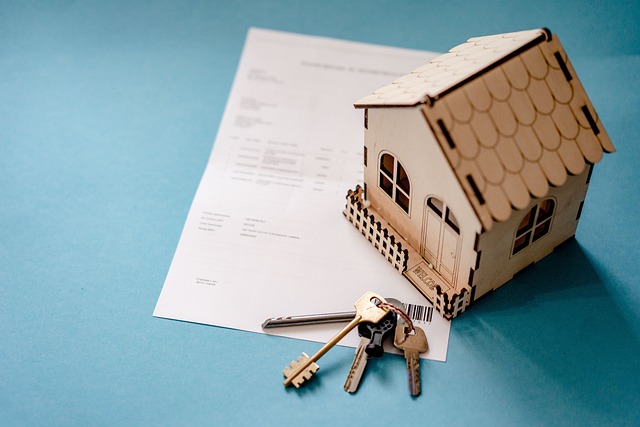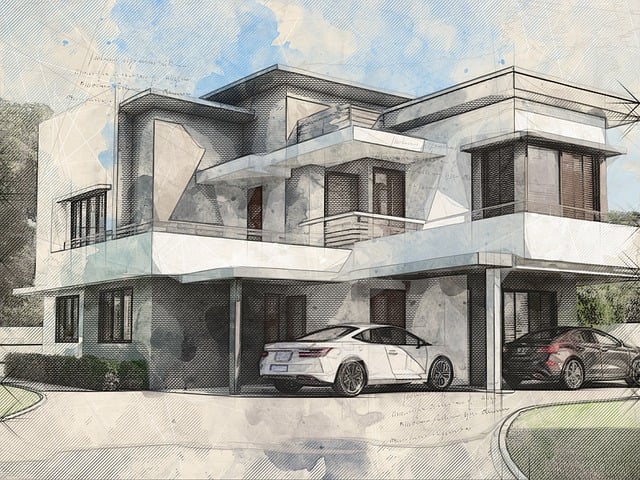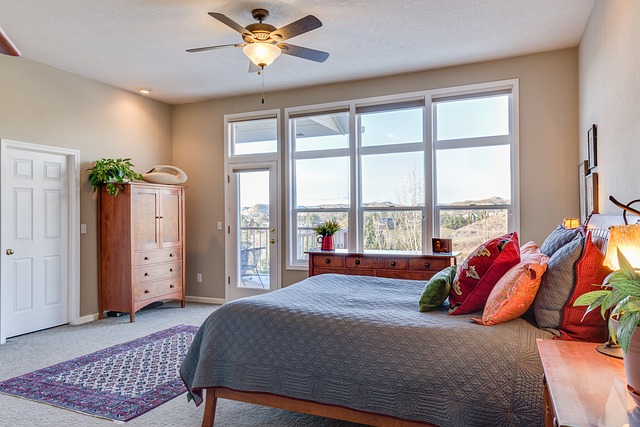Navigating the real estate market in Singapore, particularly for those seeking an Executive Condo (EC) near an MRT station, can be a strategic move for both living and investment purposes. This comprehensive guide demystifies the process of acquiring an EC, highlighting its unique benefits and the intricacies involved in ensuring a wise purchase that aligns with your long-term objectives. From understanding the nature of ECs to grasping the eligibility criteria, financing options, legalities, and future resale value, each step is crucial for securing an Executive Condo near MRT infrastructure that suits your lifestyle and investment strategy.
- Understanding the Executive Condo (EC) Phenomenon in Singapore
- Eligibility Criteria for Buying an EC Near MRT in Singapore
- Location Benefits of an EC Near the MRT Station
- Financing Your EC: Options and Considerations
- The Process of Purchasing an EC Near MRT Stations
- Legal Aspects and What to Look Out For When Buying an EC
- Post-Purchase: Living in an Executive Condo Near MRT and Future Resale Value
Understanding the Executive Condo (EC) Phenomenon in Singapore

In Singapore, the Executive Condominium (EC) is a unique hybrid housing scheme that caters to the aspirations of both singles and married couples with up to two children, offering a stepping stone into condominium living. Unlike traditional public housing, ECs are designed to provide more space and better facilities, aligning closer to the lifestyle offered by private condominiums. Prospective buyers looking for an Executive Condo near MRT stations will find that these properties offer the dual benefits of affordability and convenience, making them highly sought after. The close proximity to Mass Rapid Transit (MRT) networks ensures easy connectivity across the city-state, enhancing the livability and appeal of these residences. Understanding the nuances of the EC scheme is crucial for potential buyers as it is a nine-year study where the flat reverts to a normal resale flat at the end of the minimum occupation period. This transition reflects Singapore’s dynamic housing market and the government’s effort to cater to varying needs throughout different life stages, from young professionals to growing families. When considering an Executive Condo near MRT, it is essential to examine the eligibility criteria, which include income ceilings and the stipulation that applicants must not own another flat at the time of application. This understanding is vital for those navigating the EC landscape in Singapore.
Eligibility Criteria for Buying an EC Near MRT in Singapore

When considering the purchase of an Executive Condo (EC) near an MRT station in Singapore, it’s crucial to understand the eligibility criteria set forth by the CPF Board and the Housing & Development Board (HDB). Prospective buyers must meet specific conditions to apply for an EC. Firstly, applicants should be at least 21 years old, with a minimum of $15,000 in annual income per household. They must also not own any residential property at the time of application. Additionally, they should not have exceeded the maximum loan amount for a flat from the HDB within the previous 30 months.
Moreover, applicants must form a family nucleus, which includes at least one Singaporean citizen. This can be a combination of married couples, siblings, and their children. It’s also important to note that only two generations can live in an EC. The flat should be primarily used as the matrimonial home for the couple. For those targeting an EC near an MRT station, this location factor adds value to their investment and lifestyle choice, offering convenience and connectivity. When browsing options, ensure that your application aligns with these criteria to avoid any issues during the purchase process.
Location Benefits of an EC Near the MRT Station

An executive condominium (EC) situated near an MRT station in Singapore offers a multitude of advantages that cater to the lifestyle and convenience of its residents. Opting for an EC near an MRT station like Tampines, Bishan, or Ang Mo Kio—popular nodes on the network—means residents enjoy seamless connectivity throughout the island. This proximity not only shortens the commute to workplaces across the city but also provides easy access to a wide array of amenities. The strategic location ensures that daily necessities, from grocery stores to dining options, are within walking distance or a short MRT ride away. Furthermore, these ECs often benefit from higher foot traffic and potential rental demand due to their accessible locations, which can be a boon for investors looking for capital appreciation and rental yield opportunities. The convenience of living near an MRT station extends beyond daily commutes; it also includes enhanced accessibility to leisure and entertainment facilities, healthcare services, educational institutions, and various other points of interest that enrich the quality of life for residents in an EC near an MRT.
Financing Your EC: Options and Considerations

When contemplating the purchase of an Executive Condo (EC) near an MRT station in Singapore, securing financing is a pivotal step. Prospective buyers have several options to consider when it comes to financing their new home. One common route is to take advantage of the Housing & Development Board (HDB) Loan or bank loans specifically tailored for ECs. These loans come with their own set of terms and conditions, including loan-to-value ratios that may vary from those applicable to public housing. It’s advisable to engage with multiple financial institutions to compare interest rates, loan tenures, and eligibility criteria, as this can significantly influence your monthly mortgage payments and overall financial commitment. Additionally, potential buyers should be aware of the Total Debt Servicing Ratio (TDSR) framework, which caps the amount of income a borrower can use to repay all types of outstanding loans, including mortgages. This ensures that buyers maintain a sustainable level of debt relative to their income, which is crucial for long-term financial stability. By carefully evaluating these financing options and considering the impact of regulatory frameworks like TDSR, buyers can make informed decisions tailored to their financial situation when purchasing an Executive Condo near an MRT station. This prudent approach not only facilitates a smoother transaction but also sets the groundwork for a secure financial future post-purchase.
The Process of Purchasing an EC Near MRT Stations

When considering the purchase of an Executive Condominium (EC) in Singapore, particularly those near Mass Rapid Transit (MRT) stations, it’s crucial to navigate the specific process designed for such acquisitions. The Singaporean government has tailored policies to facilitate the purchasing of ECs, which are hybrid housing intended for middle-income families but allow owners to upgrade to private property after a certain period. Proximity to MRT stations is a highly sought-after feature due to the convenience and efficiency it offers residents. When buying an EC near an MRT station, potential buyers must first ensure they meet the eligibility criteria set by the Housing & Development Board (HDB). This involves being a Singapore citizen or holding permanent residency, among other conditions.
The actual purchasing process involves several key steps. After identifying an EC that fits your needs and is situated near an MRT station, you’ll need to apply for an Option to Purchase (OTP) from the developer. The OTP grants a buyer a fixed period to finalize the loan and financial arrangements. It’s advisable to engage a bank or financial institution early in the process to secure financing. Upon successful financial confirmation, the Sale & Purchase Agreement (SPA) can be signed, marking the formal commitment to purchase the EC. Throughout this journey, leveraging real estate platforms and working with experienced property agents knowledgeable about ECs near MRT stations can provide valuable guidance and ensure a smooth transaction. Remember to consider factors such as the EC’s distance from the station, the number of stops to the city center, and the expected travel time, as these will significantly impact your daily commute and quality of life.
Legal Aspects and What to Look Out For When Buying an EC

Post-Purchase: Living in an Executive Condo Near MRT and Future Resale Value

